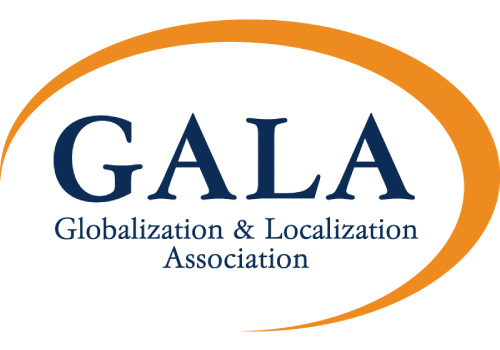Did you know that most titles are produced with little to no consideration of nascent international versions?
I moved to France in the mid-nineties when the sitcom “Friends” was making waves across the world. Coming from Ireland, I was accustomed to watching the original series with the “real” voices. While it took me some time to adapt to the dubbed version, within a few short weeks I was keenly following the series in French and had all but forgotten what the real character’s voices sounded like.
Looking back, I can honestly say that watching “Friends” dubbed into French helped me enormously in not only understanding but also conversing in the language of my adopted home. Still, today when I see a dubbed version of a US or UK production that I have already seen in its original form, I am amazed at how well the voices of those portraying the characters are so perfectly matched.
Through my job, I have had the opportunity to experience the “making of” foreign language versions of several hit series and movies. Now that I know the amount of time, effort and passion that goes into the dubbing process itself, I take my hat off to those talented people who make up the team of this post-production process. If you would like to learn more about the fine-art of dubbing, I invite you to read on.
You may not be aware of it, but the dubbing process is an extremely labour-intensive one. Most titles are produced with little to no consideration of nascent international versions. As a result, when the language is changed, it is the responsibility of the dubbing company to create the revised script and text adapted to local customs and values of the target region. There are, in fact, several phases that need to be undertaken for the foreign language versioning of the original title before it reaches the target regions in their native tongue.
1. File Preparation Phase
Prior to reaching out to a dubbing company, you must first prepare the source package and the media materials in detail. This includes character profiles, voice casting recommendations, video files in the original language, and M&E clean tracks, for example. For a detailed list of what to prepare, you can refer to a previous article on this topic here.
2. Translation Phase
Once you have supplied the materials as outlined above to your dubbing partner, the translation teams will begin by translating the original storyline, text and messages into the foreign language. It is important to understand that this procedure is far from simple word to word translation. It requires skilled and native translators who are not only familiar with the target language, region, values and customs but who also possess a creative and an artistic mind. In fact, a dubbing project is essentially the recreation of the original title into a brand new foreign version. At times, scenes will be cut, or sections of the script changed so that the dubbed version matches exactly the customs, values and religious beliefs in the target region.
3. Adaptation Phase
When the translation is complete, it is time for the director and the team to commence adapting the translated materials for recording. This may include matching the labials to editing the translated script for optimum text length.
4.Casting Phase
For the most part, the casting of voice actors is carried out in parallel to the adaptation process. Depending on the budget, the dubbing studio may test actors from its own database or perform larger casting and tests. If your title has a celebrity voice with an approved voice talent in your target territory, it is up to you to commission their services separately.
5.Directing and Recording Phase
This is when the real fun begins! However, before recording can commence, the chosen voice actors will have to repeatedly view segments of the title while voicing their lines from the prepared script. This will allow them to find the right rhythm to coincide with the on-screen lip movements. The role of the director and sound engineer in spotting any issue is vital at this stage as it helps to avoid multiple editions and recording calls. Once happy, the voice actors will then recreate their character under the guidance of the director and will record their lines. Trust me, this is a very laborious and difficult process, as apart from acting, they must be extremely familiar with lip-syncing techniques. Depending on the country this can be rythmo band, sound sections, beeps, and so on.
6.Mixing Phase
This is the final step of the dubbing process. Depending on the requirements of the client, the studio may need to do full video, M&E and audio mix, including graphics edition or M&E and audio mix. This is where the skills of the sound engineers working on the project are put to test.
Finally, when these six phases have been successfully accomplished and the dubbing studio is completely satisfied with the final production, the foreign adaptation can be delivered to the client.
As you can see, dubbing is an art that requires skill, talent, creativity and passion. The voice actors who play a key role in bringing movies, dramas, and other audio-video titles, to a worldwide audience are very rarely recognized for their talents. Without these talented people who ensure that we get the best of international entertainment delivered to us in our native language, TV and cinema wouldn’t be as enjoyable and popular as it is today.
***
Dubbing is one of the core services that we offer at Haymillian. Through our dubbing studios located in several key regions across the globe, and with the help of our native translations teams, we can adapt any type of media into 64 languages. Furthermore, we are one of the leading providers of animation dubbing services, helping several creators and broadcasters of children’s programming to reach kids worldwide in their native tongue.
Related Reading:







